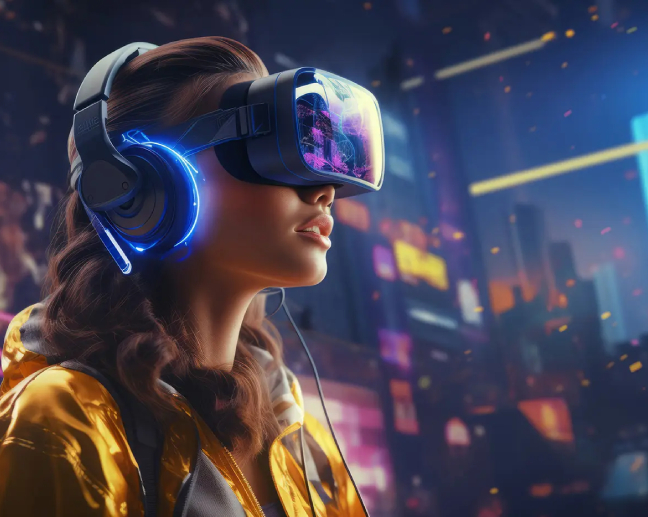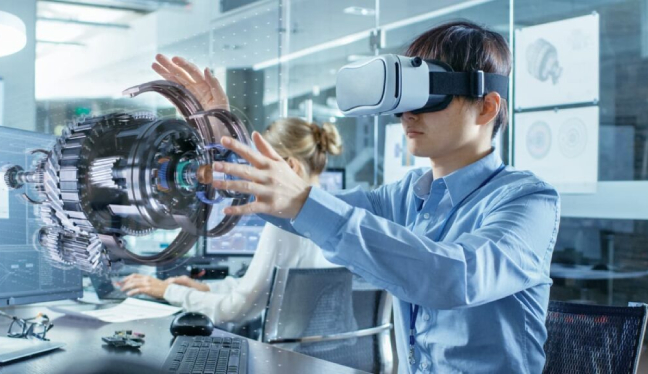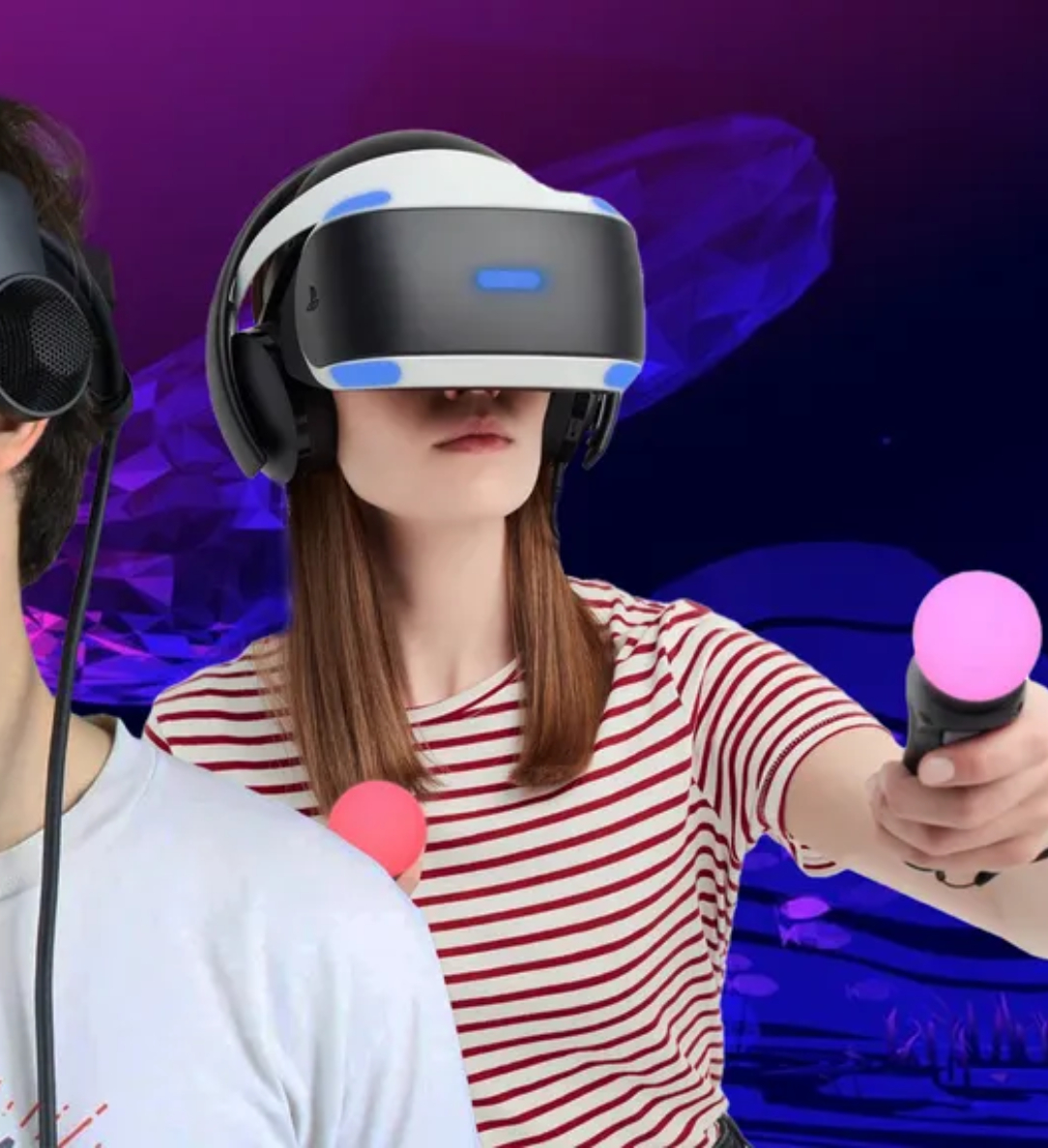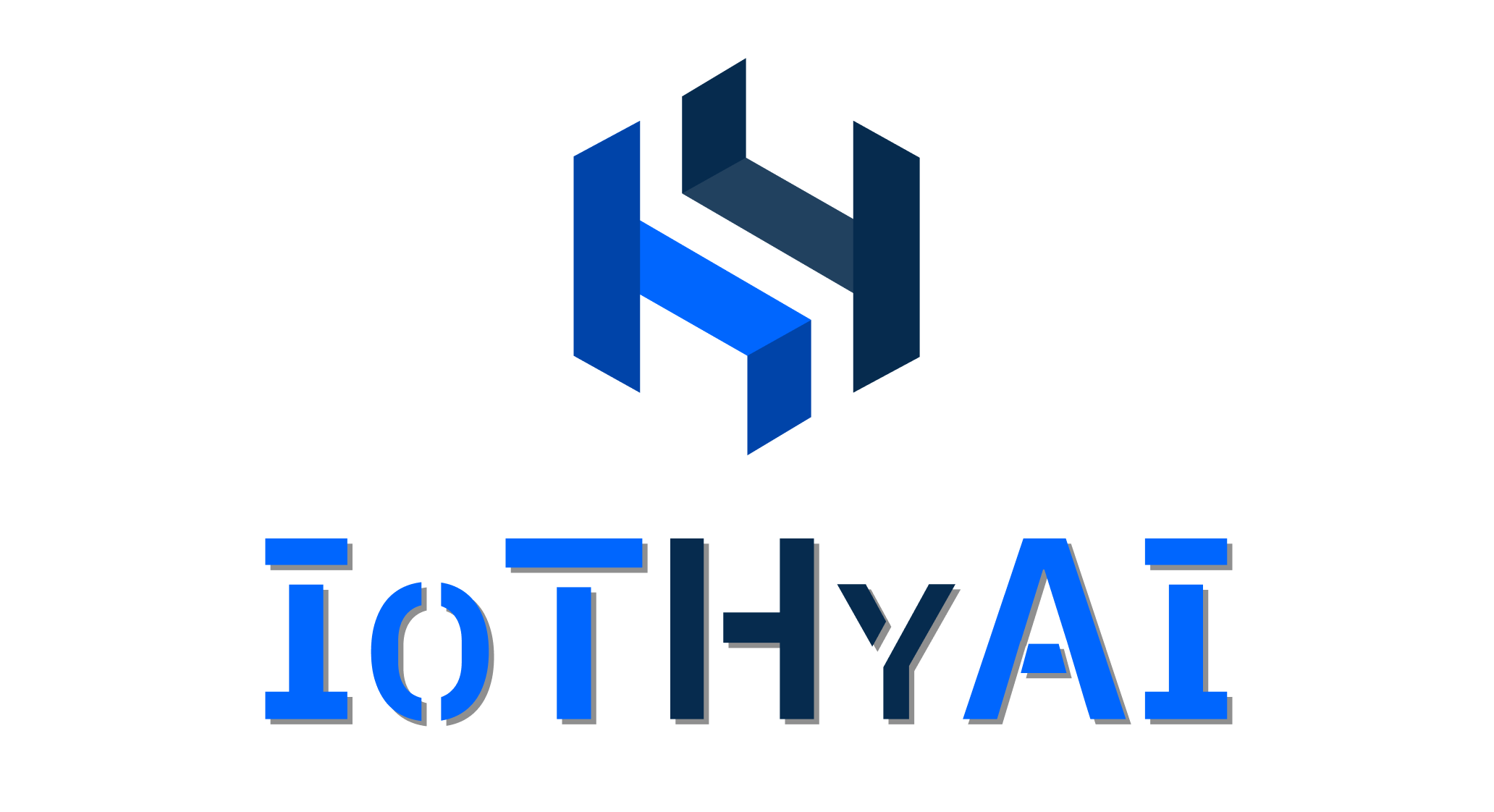Exploring Virtual Reality (VR)
VR software plays a crucial role in crafting immersive environments. Advanced graphics rendering techniques generate realistic visuals, from lifelike landscapes to intricate digital architecture. Accompanying sound design further enhances immersion, with spatial audio placing users in the center of a rich auditory landscape where sounds emanate from their virtual surroundings. Moreover, haptic feedback technology adds another layer of realism by providing tactile sensations to simulate touch. Users may feel vibrations or pressure through specialized controllers or wearable devices, enhancing their sense of presence within the virtual world.
Virtual Reality (VR) offers a fascinating journey into simulated environments that can range from realistic representations of the physical world to entirely fantastical realms. This technology utilizes a combination of hardware and software to create immersive experiences that engage multiple senses, fundamentally altering the way users perceive and interact with digital content.

Our Solutions
- Immersive Gaming
- Simulated Training
- Virtual Travel and Tourism
- Educational Simulations
- Architectural Visualization
- Entertainment Experiences
- Virtual Collaboration
- Therapeutic Applications
- Artistic Expression
- Virtual Social Spaces
Key Advantage
Virtual Reality (VR) is its ability to provide immersive and engaging experiences. Unlike traditional media formats, VR transports users to virtual environments where they can interact with objects, explore surroundings, and engage with content in a more visceral and interactive way. This level of immersion can lead to:
- Enhanced Learning
- Improved Visualization
- Increased Engagement
- Virtual Travel
- Therapeutic Applications
- Remote Collaboration
56
Customer Satisfaction

Our Approach
create immersive and realistic experiences for users
01
Head-Tracking
This technique provides a sense of presence and immersion by mimicking natural head movements.
02
Stereoscopic Rendering
By simulating the way human vision works, stereoscopic rendering enhances the realism of virtual environments.
03
Spatial Audio
This adds to the immersion by providing auditory cues that match the visual experience.
04
Haptic Feedback
Haptic feedback enhances immersion by providing a sense of touch, making virtual objects feel more tangible.
FAQ’s
Your Go-To Resource for Answers

VR experiences can vary widely, including immersive gaming, educational simulations, architectural visualization, virtual tourism, therapeutic applications, and more.
The primary equipment for VR includes a VR headset, which typically consists of a head-mounted display (HMD) and motion controllers. Additionally, a powerful computer or gaming console is often required to run VR applications.
When used properly, VR is generally considered safe for most users. However, prolonged use may cause discomfort or motion sickness in some individuals. It's essential to take regular breaks and adjust settings to minimize any adverse effects.
Yes, VR has numerous applications in education and training, allowing users to immerse themselves in virtual environments to learn new skills, practice procedures, and explore complex concepts in a realistic and interactive way.
VR is being used in industries such as healthcare, architecture, automotive, retail, and entertainment for purposes such as training simulations, product visualization, customer engagement, and virtual meetings, among others. Its versatility and immersive capabilities make it a valuable tool across diverse sectors.

